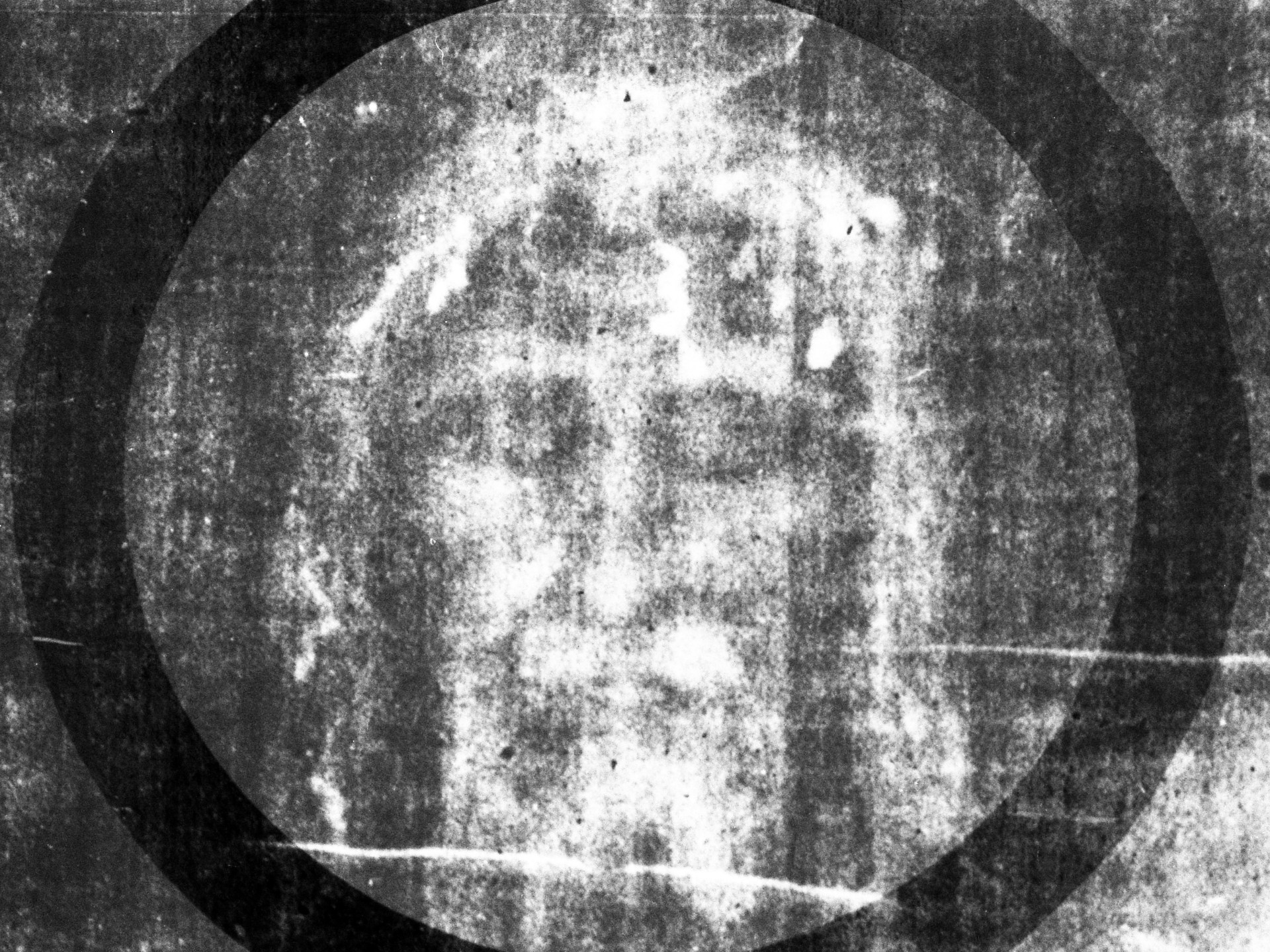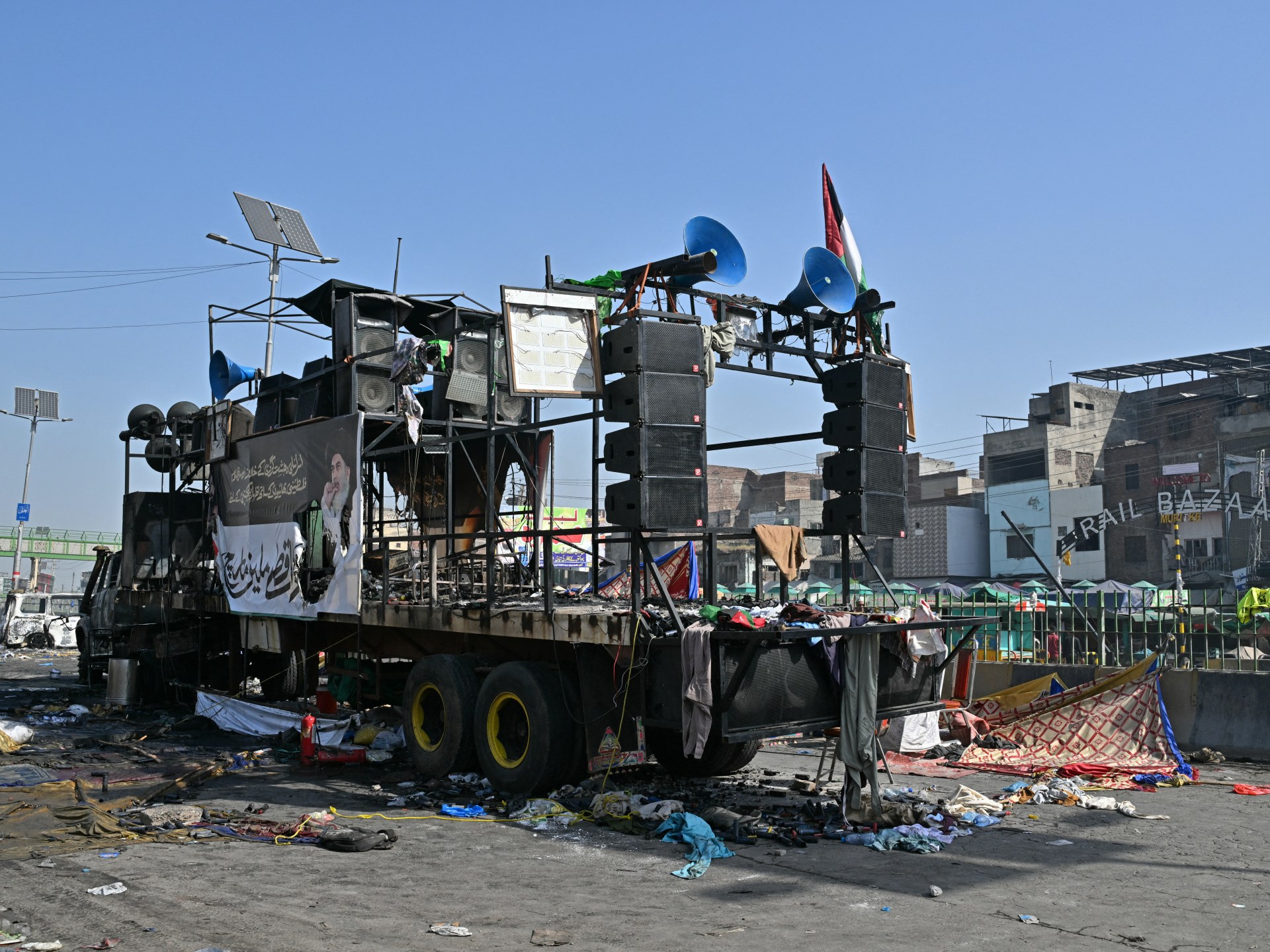
For centuries, debate has raged over whether the Shroud of Turin is in fact the original burial shroud of Jesus Christ after his crucifixion about 2,000 years ago. While many believe it to be the real thing, others have dismissed it as a medieval fake.
One of the most researched artefacts in history, the shroud has fascinated historians in part because of the debate about its true age but mostly because of the unexplained image of a crucified man that appears to be imprinted upon it.
This week, the results of a new investigation into the age of the shroud, which seem to show strong evidence that it does date back to the time of Jesus Christ, have thrown the artefact into the headlines once again.
Here’s more about the Shroud of Turin and the mystery behind it:
What is the Shroud of Turin?
The shroud is a 4.3-by-1.2-metre (14-by-4ft) linen cloth, also called the Holy Shroud, bearing a faint image of a man. Many believe this to be an image of Jesus Christ after his execution and view the fabric as an important religious relic.
The first record of the shroud was in 1354 when the cloth was discovered in medieval France. It was presented to the dean of the church in Lirey in north-central France by a knight named Geoffroi de Charny, who claimed it was the shroud that was wrapped around Jesus after his crucifixion. There is no record of where or how de Charny acquired the shroud.
In 1389, however, the bishop of Troyes, Pierre d’Arcis, denounced the shroud as a forgery. The story goes that the bishop claimed an artist had confessed to its forgery so the bishop wrote to Pope Clement VII to denounce it. The pope’s response was to declare the shroud a man-made religious icon rather than a relic and permitted the church in Lirey to continue to display it.
In 1453, it is understood that the House of Savoy, an Italian royal family, acquired the shroud and moved it to a chapel in Chambery (now part of France), where it was damaged in a fire in 1532. The Savoy family moved it to their capital of Turin, Italy, in 1578.
Debate about the authenticity of the shroud has raged since. In the late 20th century, scientists found pollen on the fibres of the shroud that were consistent with pollen found in Jerusalem, according to Flora of the Shroud of Turin, the 1999 book by botanist Avinoam Danin. This was, until now, the most compelling evidence that it may have been the shroud of Jesus.

Where is the Shroud of Turin now?
The shroud has been in the Cathedral of St John the Baptist in Turin, Italy, for the past four centuries.
Where does the image of the man come from?
The markings on the shroud resembling a man have become the main focus of the mystery as scientists have tried for decades to determine how they may have been made.
There is no conclusive answer yet about the how the image came to be imprinted on the fabric, but there have been many theories:
- In 1978, an international team of experts tried and failed to work out how the image might have been formed. This investigation was carried out under the Shroud of Turin Research Project. The project did find that the image is not a painting because the team found no remnants of dye or pigment.
- Raymond Rogers of the Los Alamos National Laboratory in New Mexico suggested in 2002 that the image may have been formed as a result of a chemical reaction between the fabric and the body wrapped within it.
- In 2014, a research article speculated that the image was made on the shroud by radiation after an earthquake.
- Bloodstains on the shroud were tested and found to be the AB blood type, according to a research article by a team from the Spanish Centre of Sindonology published in 2015.
- Some people have speculated that the image is a kind of primitive photography because it resembles a negative.
What have scientists learned more recently about the shroud?
The latest study was conducted by Italian scientist Liberato De Caro, who began his research in 2019 and published his findings in a journal called Heritage in 2022. It is unclear why they have come to light internationally only now.
De Caro and his team from the Institute of Crystallography in Bari, Italy, part of the National Research Council, used a technique known as wide-angle X-ray scattering to analyse the shroud’s linen.
“The experimental results are compatible with the hypothesis that the Turin Shroud is a 2,000-year-old relic,” the study said.
However, further study and analysis are required to verify the precise date of origin of the shroud, and further X-ray analysis will be required, it concluded.
Why is the shroud so hard to date?
In 1989, scientists tried to determine the shroud’s age using radio carbon dating and estimated that the shroud dated back to between 1260 and 1390 AD, casting doubt over the authenticity of the artefact.
However, textiles such as the shroud have been exhibited in museums and churches for centuries and could have become contaminated, producing a wrong reading from the carbon dating, Giulio Fanti, professor of mechanical and thermal measurements in the Department of Industrial Engineering at Italy’s Padua University, wrote in an article published this year.







